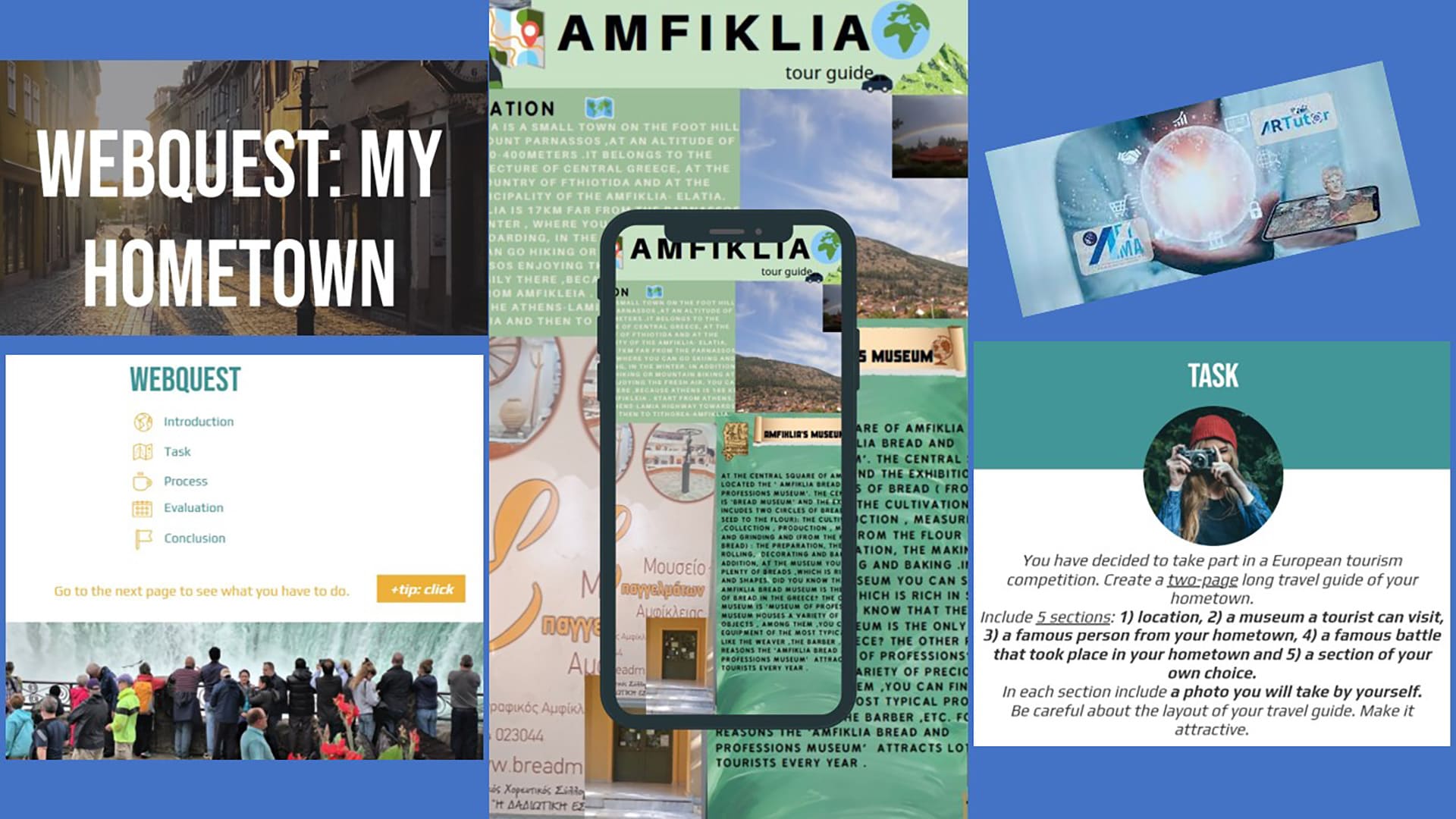In an era dominated by technology, digital equipment, and, most recently, AI tools, educators face numerous choices daily. Let’s be honest—we’re practically spoiled for options. Many of these choices not only enhance learning but also cater to the marketing needs of schools, potentially impressing parents and capturing the attention of students. At the same time, the trend in EFL education is to simplify the learning process, as modern-day students are often overwhelmed by their workload and responsibilities.
In this context, where do traditional arts and crafts fit in? How can scissors, colored pencils, glue, and glitter compete with interactive games, videos, and digital tools?
From our experience, there’s always room for art in the EFL classroom, and our “Mini Little Chatterbox” method is proof of that. It began as an initiative to offer students a screen-free, creative, and engaging alternative. Our method encourages hands-on activities, out-of-the-box thinking, and the discovery of hidden talents.
One of our initial challenges was to convince parents that time spent on crafts is not time wasted. While some were enthusiastic, others were doubtful. Over time, we demonstrated that incorporating art into language learning creates a safe, nurturing environment where students can try new things without the fear of failure. The students, on the other hand, fully embraced the experience. For them, it was like a game—something fun that provided a refreshing change from the typical classroom routine. They especially enjoyed activities requiring teamwork, minimal guidance, and ample freedom to explore and create.
A noteworthy observation from our teaching staff is that the “Mini Little Chatterbox” method is effective for both young learners and teens. Naturally, projects vary based on age and interests, with each activity serving different learning goals. However, all activities adhere to the same principle: “point students in the right direction, but never tell them what to look for.” This approach fosters experimentation, exploration, and self-directed learning, while also promoting valuable social skills like role assignment, collaboration, and responsibility—skills they’ll draw upon later in life.
Highlighting a single project as a favorite is challenging, much like choosing a favorite child! That said, our Board Game Workshop, which received the 2024 ELT Excellence Awards (silver in the “Teaching through Arts & Crafts” category), holds a special place in our hearts. In this project, aimed at enhancing young learners’ reading skills and fostering a love of reading, students designed and created their own board games based on stories they enjoyed. Some created trivia games focused on story details, while others opted for memory games to reinforce key vocabulary. Another creative concept was a card-and-dice game in which students received characters, settings, and props from the story to collaboratively invent a new ending.
As ELT professionals, we have always been on the front line of creative, pioneering education. For our EFODIO team, the Mini Little Chatterbox method has been another opportunity to help young learners keep their imaginations alive and develop their social skills. In today’s tech-saturated educational environment, it has been both a pleasure and a privilege to witness the wonders children can create with just a pair of scissors and some glitter.
For more information about our method and lesson planning principles, contact us on Facebook/Instagram @efodio or at efodio@hotmail.com.



